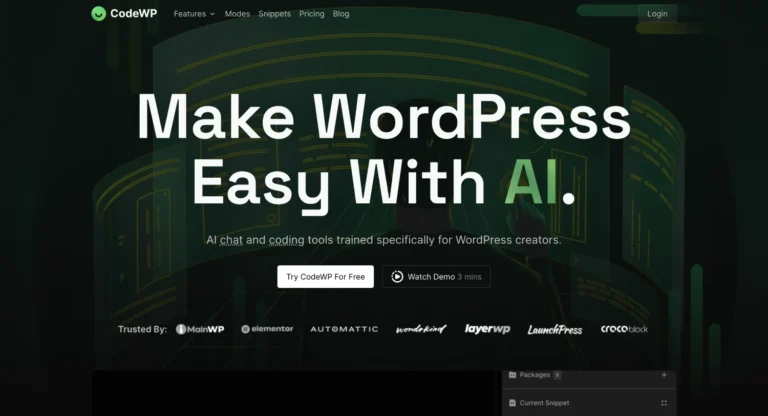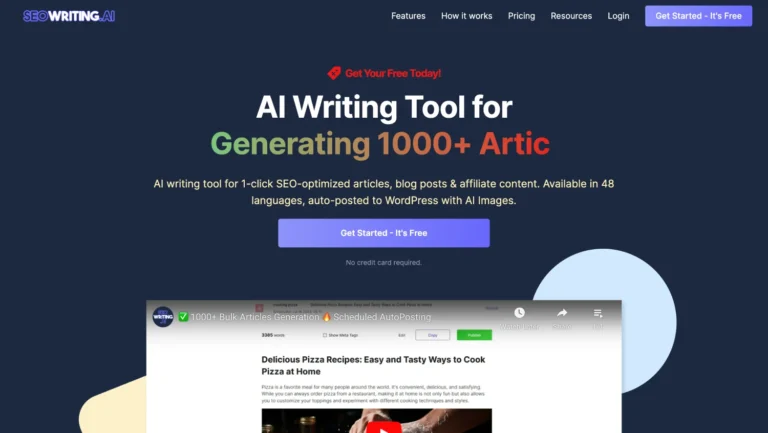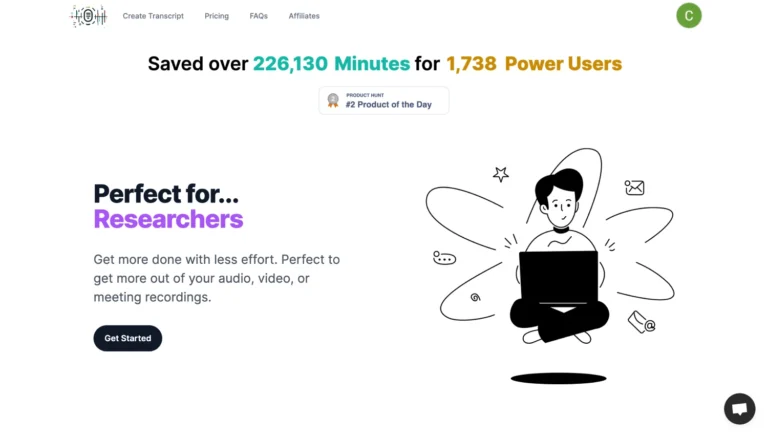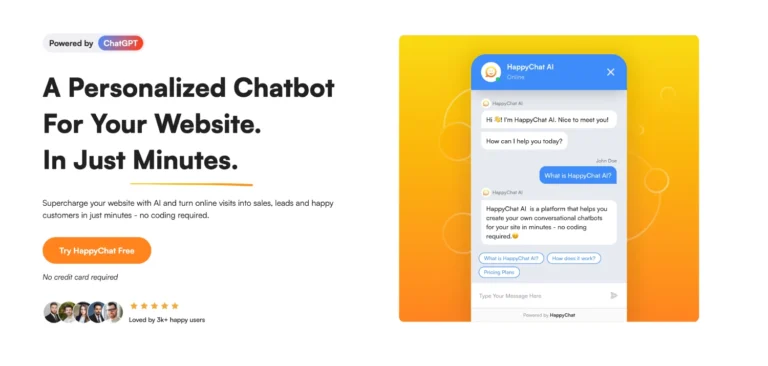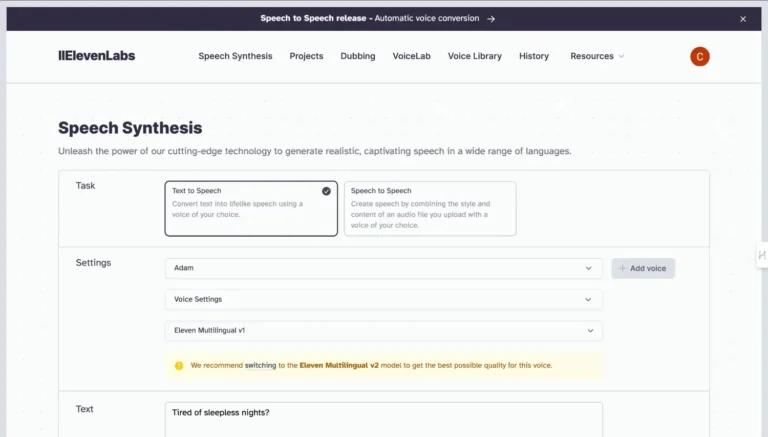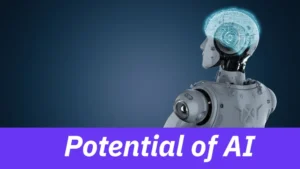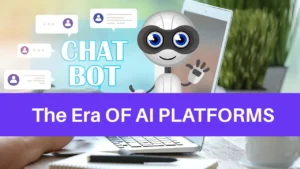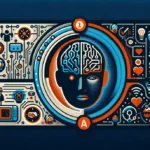Table of Contents
Understanding Deep Learning Tools
Deep learning is a subset of machine learning that leverages neural networks with three or more layers. These neural networks attempt to simulate the behavior of the human brain—albeit far from matching its ability—in order to “learn” from large amounts of data. While a neural network with a single layer can still make approximate predictions, additional hidden layers can help optimize the accuracy.
Deep learning drives many artificial intelligence (AI) applications and services that improve automation, performing analytical and physical tasks without the need for human intervention. This cutting-edge technology is emerging in many industries, including healthcare, automobile, marketing, and entertainment, enhancing customer experiences, optimizing business operations, and helping in the research and development of innovative products and solutions.
One of the key factors behind the advancement of deep learning is access to powerful tools and frameworks that make this technology accessible, even to non-experts. When choosing the right tools for deep learning tasks, there are two critical factors to consider:
- Ease of use: The tool should be user-friendly, allowing developers to implement machine learning models without delving too much into the underlying algorithms.
- Flexibility: A good tool should permit a greater level of abstraction, allowing developers to focus on the broader architecture of the model rather than getting caught up in debugging the finer details.
Deep learning tools broadly fall into two categories: libraries for implementing machine learning models and platforms for creating and managing the lifecycle of these models. Some well-established deep learning libraries include TensorFlow, Keras, PyTorch, and Caffe. On the other hand, powerful platforms such as Google’s AI Platform, IBM Watson, and Microsoft’s Azure Machine Learning provide end-to-end solutions to design, train, test, and deploy machine learning models efficiently.
In our quest to understand deep learning tools better, let’s delve deeper into some popular libraries and platforms and see how they contribute to the field of AI.
Unleashing the Power of Natural Language Processing (NLP) Platforms
Just imagine you’re having a conversation with your computer or smartphone, expressing your ideas and thoughts in your natural, conversational tone and it is responding appropriately. It’s not just a fanciful idea, but a reality brought upon us by Natural Language Processing (NLP) platforms. These technologies are steadily bridging the gap between human communication and digital data processing.
NLP platforms are powerful tools that allow computers to understand, interpret, and respond to human languages in a valuable way. They use algorithms to identify and extract the natural language rules, enabling the system to comprehend commands, make suggestions, and even predict future actions or needs.
But how do these platforms actually work?
Well, at the core of NLP technologies, exists a blend of artificial intelligence(AI), computational linguistics and machine learning techniques. The system is trained to recognize speech patterns and interpret the meaning behind them. With every new interaction, they learn and adapt, progressively improving their understanding and precision to comprehend diverse languages, dialects, and speech nuances.
Let’s delve right into the core benefits of these innovative platforms:
- NLP Enhances User Experience: By understanding and interpreting user’s commands, NLP platforms allow users to interact with technology in a more natural and intuitive way. It plays a significant role in improving user engagement and overall user experience.
- Effective Sentiment Analysis: Businesses often use NLP platforms to perform sentiment analysis, which involves mining and evaluating customer feedback, online reviews, and social media discussions.
- Improved Accessibility: With technologies like voice assistants and real-time translation services, NLP platforms have opened up new ways for people with disabilities to interact and communicate with the digital world.
Despite the immense benefits they offer, it’s essential to understand that NLP platforms are not without their challenges. Issues such as managing colloquial phrases, confronting linguistic ambiguities, or dealing with poor grammar can pose significant obstacles. However, continuous advancements in AI and machine learning are gradually providing solutions to these challenges, enabling NLP platforms to be more accurate and effective in their operations.
In conclusion, Natural Language Processing (NLP) platforms are reshaping the way we interact with technology on a daily basis, offering effective and intuitive methods of communication that were once thought impossible.
The Evolution of Cognitive Computing
The digital world has been through an impressive evolution, with cognitive computing at its core. This sophisticated technology, dating back to the glory days of the late 20th century, stands out because of its ability to mimic human intelligence.
Over time, cognitive computing systems have undergone massive developmental stages, adding more remarkable features incrementally. As a result, these systems are now self-learning, capable of interpreting complex data, analyzing information, and even making informed decisions.
Enhancing User Experience with Natural Language Processing (NLP)
You’re probably wondering, “how does Natural Language Processing (NLP) actually enhance user experience?” If that’s the case, you’re in the right place! Let’s dive into the captivating world of NLP and see how it plays a central role in creating delightful and intuitive interactions for users.
Think about the times when you’ve used your smartphone’s voice assistant or communicated with a chatbot on a website. Isn’t it amazing how these technologies seem to understand and respond to your words just like a human would? That’s NLP at work!
- Personalized Content Delivery: Through NLP, systems are able to understand user’s language, behavior and preferences. This results in customized content based on user preference offering a more engaging experience.
- Improved Accessibility: For users with physical limitations or those who are multi-tasking, voice activated technologies driven by NLP offer an easy and convenient way to interact with systems.
- Effective Search Mechanisms: NLP augments search engines, enabling them to provide precise and highly relevant results based on a user’s input.
Let’s illustrate the power of NLP with a brief example. Imagine you’re a huge fan of mystery novels. One day you sign up for an eBook service, and you notice it consistently recommends books that fall within your favorite genre. Surprised? Well, the platform uses NLP to analyze your reading behavior and preferences. Through your interactions, it learns you love mysteries and dynamically adjusts its recommendations.
Note: Enhancing user experience with NLP is all about making interactions more human-like, personal, and intuitive.
Undeniably, the potential of NLP is fascinating. However, to realize this potential fully, we must equip our systems with the right cognitive computing platforms and continuously refine our deep learning tools. Only then can we truly unlock the possibilities of NLP in enhancing user experiences.
The Role of Natural Language Processing (NLP) in Virtual Assistants
Imagine a world where you can simply voice out your wishes and have them effortlessly fulfilled. That’s the world that Natural Language Processing (NLP) is keen on creating. More vividly, let’s talk about the role NLP plays in virtual assistants. These assistants, like Siri and Alexa, have become focal points in various homes and workplaces worldwide, largely due to NLP.
NLP comes into play as it allows these virtual assistants to comprehend, respond to, and carry out spoken instructions. But how does it do that? Let’s break it down.
- Speech Recognition: This is where the assistant identifies and translates spoken language into text. It is the first major role of NLP in virtual assistants, enabling them to understand various accents and speech patterns.
- Natural Language Understanding: Here, meaning is attached to the translated text, the assistant understands the context and intent of the instruction.
- Natural Language Generation: This phase involves converting the assistant’s response from computer language back into human-readable (or hearable) format. It is, in essence, the processing and creation of meaningful sentences.
With these capabilities, virtual assistants can answer queries, set reminders, play music, control home automation devices among other things. All these, thanks to Natural Language Processing.
Imagine a world where you can simply voice out your wishes and have them effortlessly fulfilled. That’s the world that Natural Language Processing (NLP) is keen on creating.
While NLP has been successful in creating almost flawless virtual assistants, there is still room for improvement. Issues such as understanding different contexts, tones and dialects pose challenges. However, the future of NLP in this field looks promising as researchers continue to enhance these technologies.
In essence, it’s clear that NLP plays a pivotal role in the operation of virtual assistants. It not only makes interaction with technology easier, but also infuses it with a touch of human-like understanding. This is another major step forward in the development of AI technology.
The Future of Natural Language Processing (NLP) in Language Translation
Imagine a world where language barriers are obliterated, and everyone can understand everyone else, regardless of their native tongue. At first glance, it may seem futuristic, but the progressive advancements in Natural Language Processing (NLP) hint that this future is closer than we think.
Natural Language Processing, an intersection of computer science, artificial intelligence, and linguistics, aims to bridge the communication gap between humans and machines and make multilingual conversation possible. Currently, NLP is effectively utilized in several real-world applications such as language translation apps, virtual assistants, and customer service chatbots. However, the untapped potential in language translation applications is immense.
Already, NLP-powered translation tools, such as Google Translate, can translate text, voice, and even images across numerous languages. They are rapidly progressing—from merely translating words to understanding the semantics, context, and cultural nuances of phrases.
Accelerating improvements in machine learning algorithms, deep learning tools, and the accumulation of large amounts of language data are facilitating the progress. Even better, NLP tools are learning to improve their own accuracy and performance based on user feedback and real-world experiences.
But what’s next? Where is this technology headed?
The future of NLP in language translation will transform the way we communicate. Imagine real-time translation earbuds that allow you to converse fluently in a foreign language, or social media platforms that deliver flawless translations in milliseconds.
NLP tools are set to impact other areas too. Think of global businesses, reducing language barriers in communication could make international collaborations more effective and innovative solutions more accessible. Furthermore, automatic transcription and translation will make educational resources available to everyone, regardless of their native language, bridging knowledge gaps across the globe.
However, there are challenges to consider. Machine translation is only as good as the data it’s trained on, and the algorithms still struggle with less prevalent languages. Additionally, idiomatic phrases, cultural differences, and the ambiguity of human language present considerable hurdles to flawless translation.
Despite these challenges, the relentless innovation and research in the field make it clear that the future of NLP in language translation is promising. Collaboration between humans and machines, fuelled by the power of NLP, will create a world where everyone can speak and understand all languages.
Conclusion
In conclusion, as we stand at the threshold of this new era, it is clear that we are only scratching the surface of these innovative technologies. As technology continues to evolve at a mind-boggling pace, it will be thrilling to see how these tools and platforms transform our world and the way we live in it.
